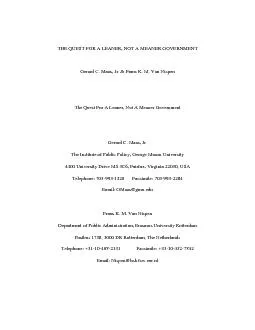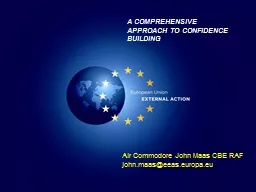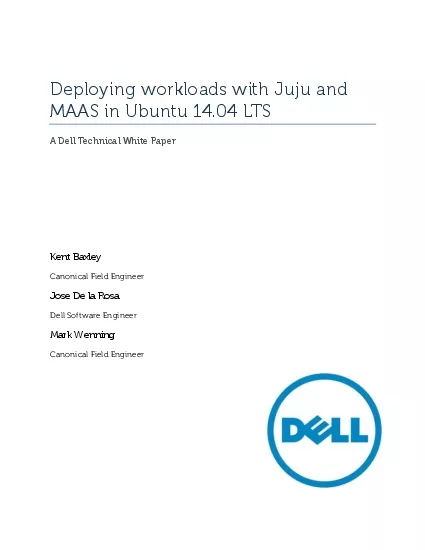PDF-THE QUEST FOR A LEANER, NOT A MEANER GOVERNMENT Gerard C. Maas, Jr. &
Author : calandra-battersby | Published Date : 2015-09-02
ABSTRACT In 1993 the Clinton administration launched the NPR a largescale effort to create a more entrepreneurial government that
Presentation Embed Code
Download Presentation
Download Presentation The PPT/PDF document "THE QUEST FOR A LEANER, NOT A MEANER GOV..." is the property of its rightful owner. Permission is granted to download and print the materials on this website for personal, non-commercial use only, and to display it on your personal computer provided you do not modify the materials and that you retain all copyright notices contained in the materials. By downloading content from our website, you accept the terms of this agreement.
THE QUEST FOR A LEANER, NOT A MEANER GOVERNMENT Gerard C. Maas, Jr. &: Transcript
Download Rules Of Document
"THE QUEST FOR A LEANER, NOT A MEANER GOVERNMENT Gerard C. Maas, Jr. &"The content belongs to its owner. You may download and print it for personal use, without modification, and keep all copyright notices. By downloading, you agree to these terms.
Related Documents














